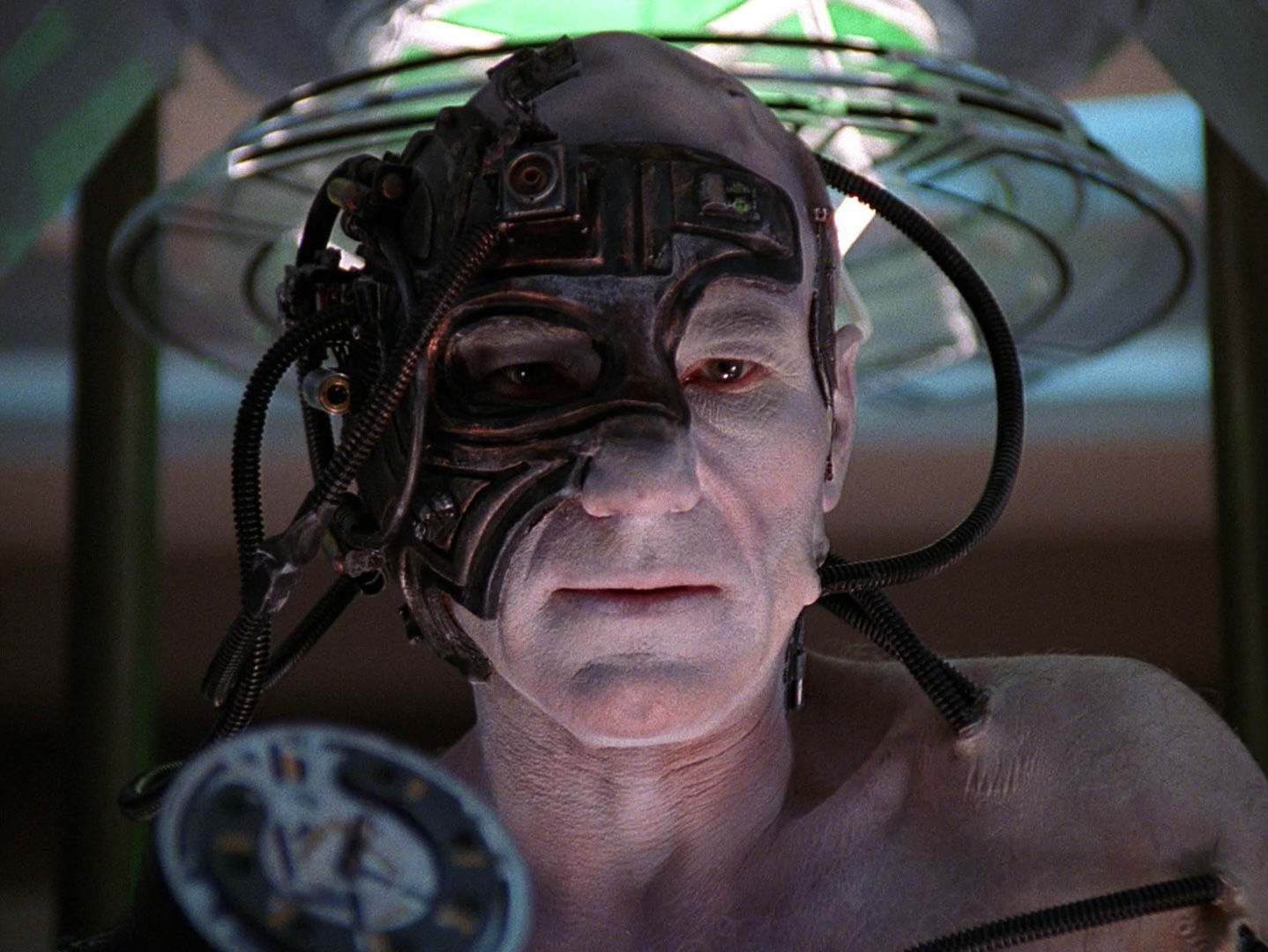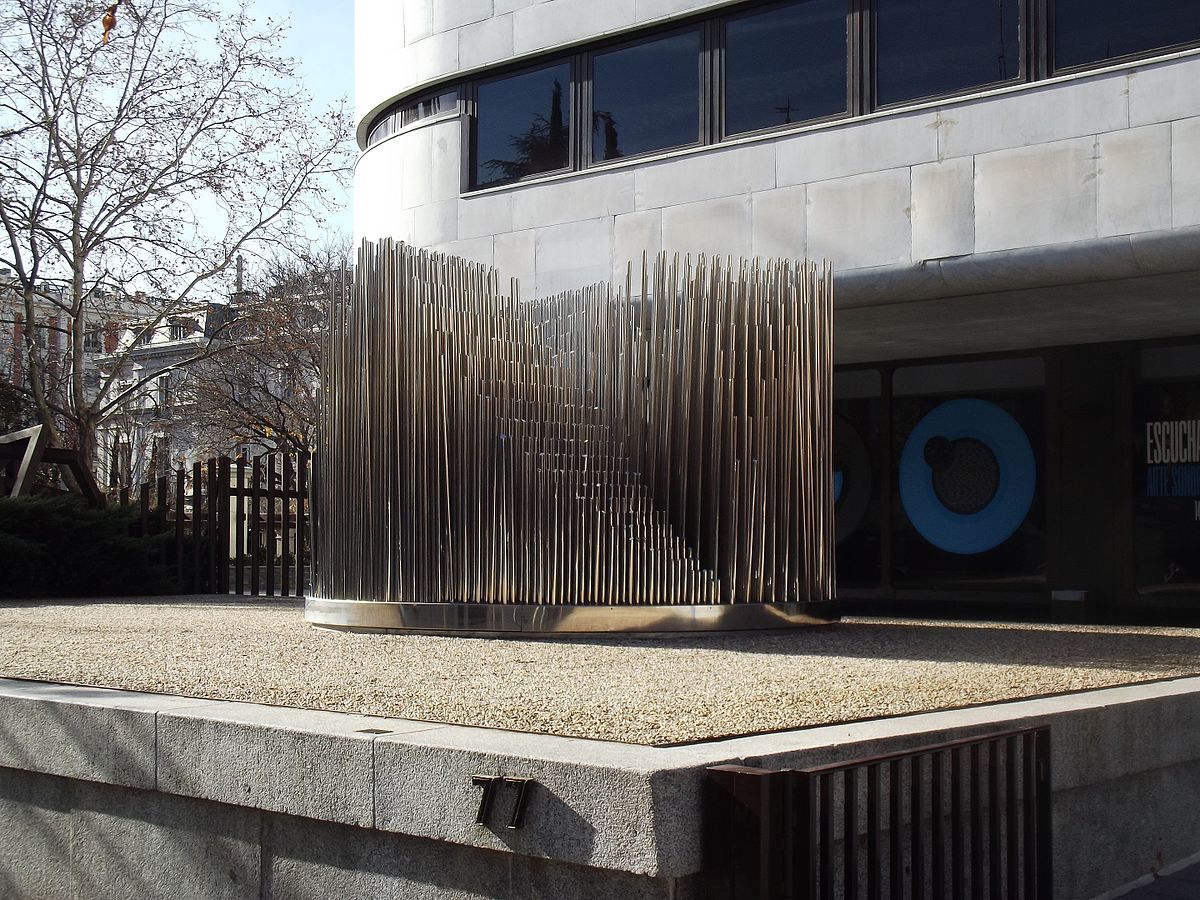Punter
Senior Member
- Joined
- Jul 19, 2022
- Messages
- 304
- Likes
- 1,419
On 26 April 1939: Test pilot Fritz Wendel flew a prototype Messerschmitt Me 209 V1, registered D-INJR, over a three-kilometre, closed course at Augsburg, Germany, setting a new Fédération Aéronautique Internationale (FAI) world record with an average speed of 755.14 kilometres per hour (469.22 miles per hour). The aircraft was fitted with a Daimler-Benz DB 601 engine which was a supercharged, liquid-cooled inverted V12 with direct fuel injection.
As such, this engine represented the peak of internal combustion engine development. Apart from the use of computerised fuel management, the internal combustion engine has not developed in any significant way since. The engine in a 2024 Mercedes still uses a crankshaft, camshafts, poppet valves, fuel injection, pistons etc, just as the DB601 did in 1939.
I feel there is a corollary between this and HiFi.
HiFi as it stands has developed very little in the last few decades. The stand-out development has been in digital technology but as far as reproduction equipment is concerned, name me one big development. Let's explore this assertion.
Sources:
Turntables. When did TT technology peak? It’s difficult to say for sure but my assertion is that a turntable has such a simple job to do, the peak must be when super accurate speed and negligible rumble was achieved. I’m sure there will be much controversy here but my pick is the Technics range of direct drive units. Having worked with the SL1000 and carried out repairs on them, the quality of manufacturing and the execution of the design has never been topped IMHO.
Ridiculously overengineered TT’s have been manufactured by niche outfits but if you take the OMA unit that has been widely discussed on ASR, you will find that the Technics SL 1500 turntable handily beats its rumble figure and is a fraction of the price.
Tonearms. The pivoting tonearm arguably reached it’s present state of technical development with a unit like the SME 3012, introduced in 1958.
This tonearm had a counterweight, an anti-skating mechanism and a soft lift. No real significant advancements since this model only differences in pivots, bearings and materials. Linear tonearms have made brief appearances but they are niche compared to pivoting arms. Some novel mechanisms have been developed for linear arms with air bearings and so forth but based on popularity, they seem to be a dead end.
Tape. Both analog and digital tape systems are effectively dead. Domestic analog tape reached a peak in the 1980’s with the advent of Dolby noise reduction. This development wasn’t really followed in professional analog tape equipment as it had already reached an optimum probably in the late 70’s when manufacturers like Studer were producing high quality multitrack and stereo mastering recorders.
However as a domestic technology, the compact cassette was the only tape format that was ever really commercially successful. While DAT and ADAT enjoyed a brief moment in the sun, both are now obsolete thanks to the dominance of HDD and high capacity memory digital recording. I don’t believe that there have been any new tape devices designed or manufactured for decades.
Digital Disk. Since the development of the SACD format in the 1990’s, there has been no significant technical advance in digital disk technology. Even though SACD was a flop commercially, it was a significant improvement on the original Digital Compact Disk from a technical perspective. As the format determines the specification of the playback device, there has been no significant improvement in this technology since then.
Digital file/streaming. From a technical and quality perspective, this is the only source medium that has had recent development. The advent of 32 bit float recording has pushed recording technology into the stratosphere and its capabilities far exceed anything that has preceded it. 32 bit float can record audio data +770 dB above 0 dBFS and -758 dB below. This gives 32-bit float recordings an incomprehensible dynamic range of 1528 dB. This figure is hard to fully grasp because the dynamic range between the quietest sound on Earth (an anechoic chamber) and the loudest sound possible (194 dB) is only 185 dB. With over 1000 dB of headroom above the quietest and loudest sounds on Earth, clipping is impossible. Distorted audio above 0 dBFS can easily be recovered in post by attenuating the signal. So, in theory, digital recording peaked in the last couple of years, certainly with reference to the capabilities of human hearing.
Components.
Amplifiers. Have amplifiers really advanced functionally since the 70’s? Amplifiers really hit their stride in the 1970’s. Full-bandwidth 20-20khz power at extremely low distortion became commonplace. Whether it was the modest amplifier section in a mid-priced receiver like the Kenwood KR-5400 (35 watts/ch RMS from 20-20kHz at <0.5% THD) from 1974 or the Pioneer Spec 2 power amplifier from 1976 rated at 250 watts/ch 20-20kHz at <0.1% THD, amps in the 1970’s delivered the goods.
Since then, most development has been incremental based on tweaking circuits and incorporating modern components. Some may say “what about class D, that’s new”. Yes, it’s the latest development of an audio amplifying device that operates in the range of human hearing. Functionally, a modern class D amplifier is so similar to a Kenwood KR5400 that it really only rates as a refinement, not a fundamental redesign.
Speakers. One area of HiFi that has had so much time and effort poured into it for so little effect is speaker design. There’s an ocean of speaker manufacturers and designs stretching to the horizon and apart from some obvious differences, open versus closed for example, speakers from the cheapest to the most ludicrously expensive share the same fundamental mechanisms of operation, the moving coil, cone loudspeaker. The moving coil loudspeaker was developed by C.W. Rice and E.W. Kellogg in the early 1920’s.
Since then, the basic design has been refined and improved using modern materials as they became available. These improvements have brought the design to a plateau where the physical limitations of the device have been reached. Put simply, moving coil loudspeakers are as good as they will ever be. Someone with more knowledge than me might take a stab at when this plateau was reached but my guess would be the 80’s or 90’s when materials like carbon fibre and Kevlar were incorporated into the construction, thereby allowing the mechanism to get as close to its ideal as is practical. “What about electrostatics?”
Kudos to QUAD and the others who explored this technology as it was one of the few times that a fundamental change was achieved in speaker design. The shame is that, while electrostatic speakers showed much promise, the reality was that they lacked the properties that were already common in moving coil speakers. Electrostatic speakers did not reproduce low frequencies as effectively as conventional speakers and the SPL that was achievable was well behind also. It’s a bit like the piston engine vs the rotary engine. Rotary engines have some notable qualities when compared to piston engines, simplicity, reduced reciprocating mass and compactness. However, the rotary design has some built-in problems that can’t be refined out like the combustion chamber shape which lowers the efficiency of the engine.
DAC’s. As I pointed out in another of my posts, there are only a few manufacturers of high quality DAC chips for audio reproduction. Subsequently, only the supporting circuitry is different between manufacturers.
A quality DAC chip costs around US$50 so a $10,000 DAC will have the same practical performance as a $200 dollar unit with the same chip. DAC chips probably also represent another true advancement in audio reproduction technology inasmuch as some of them include digital signal processing (DSP) that can be employed to compensate for room acoustics amongst other things. This technology probably still has some room left for development but for the HiFi stereo crowd, the prospect of digitally processed multi-speaker systems brings out their inner Luddite. The “High End” acolytes will never accept this sort of meddling and just want to slink off and try to tweak their pure two speaker equipment closer to perfection.
At this point in time, just about anyone can have an audio reproduction system that does everything so well that there’s no point in trying to improve it. In fact, for most components, the listener could put together a system composed entirely of devices made last century and be assured that they perform just as well as anything they could purchase in 2024. Without any question, speakers are the last link in the chain and the performance of those components will have the greatest perceivable effect on the quality of the sound being reproduced. Speaker choice has many variables, budget, available space and subjective performance. However, speaker technology is at the same place it was in 1970 in all but detail.
I think that this situation has produced all of the laughable tweaks and snake-oil products that are currently swamping the HiFi scene. As there’s nowhere to go as far as the basic equipment is concerned, once you’ve reached the limit of what you can spend on components, if you desire more from your gear, you’re a prime target for hokey products that claim to be able to improve the unimprovable. The old quote “a lie repeated loud and long enough becomes the truth” has never been more accurate when applied to HiFi components and accessories. A lot of time, money and effort has been put into creating products that do nothing but thanks to the malleability of human perception, masses have been hoodwinked into believing that these things are having a positive effect on the performance of their audio equipment. Has this held back true development and improvement in audio equipment? I don’t think so. The DAC chip is a prime example of how there are still genuine, engineering-driven developments going on in the field of audio. Notice though that something like a DAC chip is not being developed by and for “High-End” HiFi applications but for broad application in entertainment devices like televisions and media centres. HiFi equipment manufacturers just ride on the coattails of these developments and repackage them to try to convince the punters that they’re getting something “special” for the inflated price.


